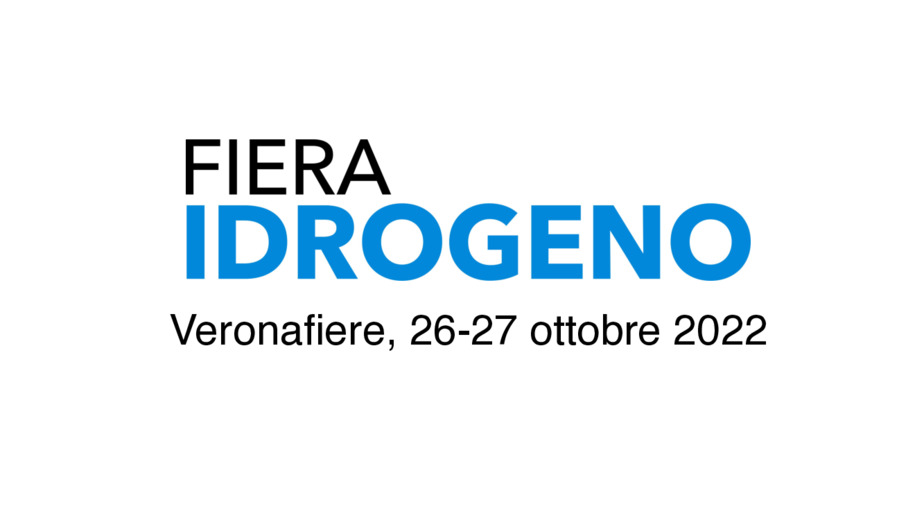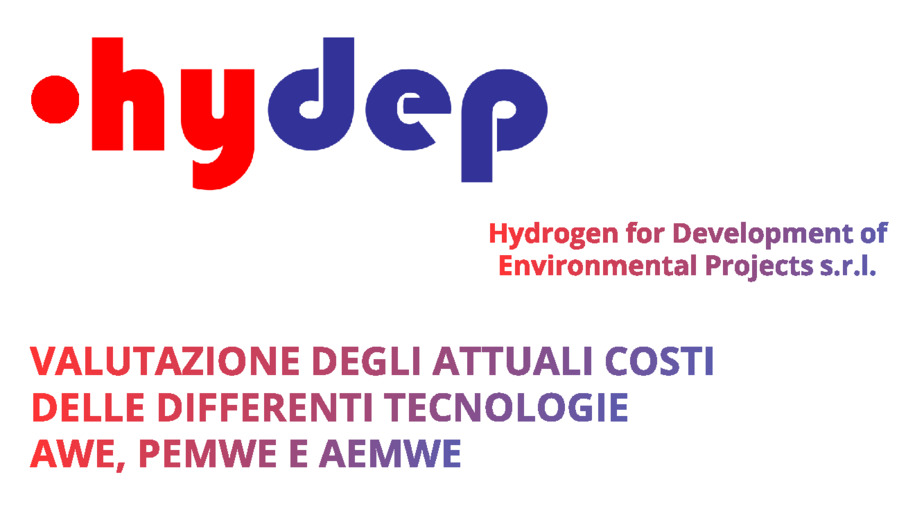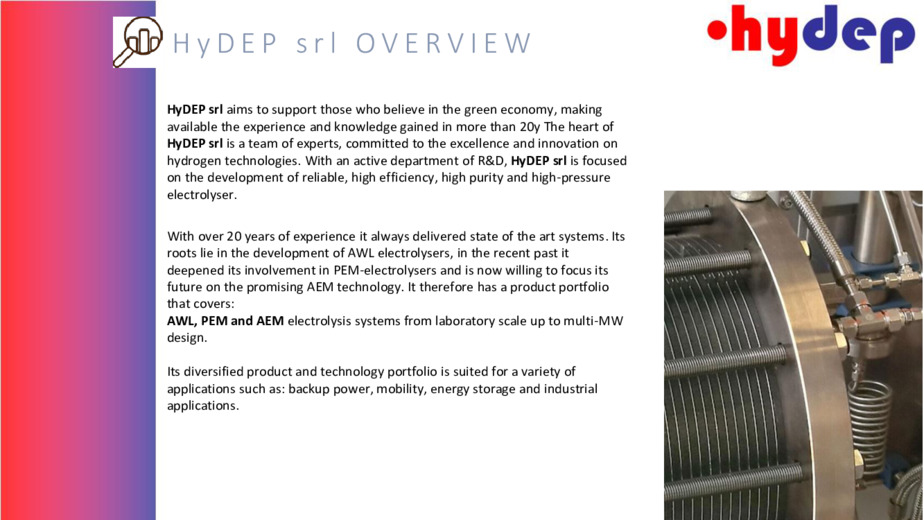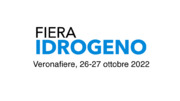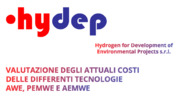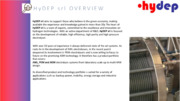Elettrolizzatori
Sicurezza nella progettazione di un elettrolizzatore
Valutazione degli attuali costi delle differenti tecnologie AWE, PEMWE, AEMWE
Pro e Contro delle tecnologie Proton Exchange Membrane, Alkaline Water Electrolysis e Anionic Exchange Membrane
Atto convegno PDF in lingua inglese
With over 20 years of experience it always delivered state of the art systems. Its roots lie in the development of AWL electrolysers, in the recent past it deepened its involvement in PEM-electrolysers and is now willing to focus its future on the promising AEM technology. It therefore has a product portfolio that covers: AWL, PEM and AEM electrolysis systems from laboratory scale up to multi-MW design.
Its diversified product and technology portfolio is suited for a variety of applications such as: backup power, mobility, energy storage and industrial applications.
Market : Understanding
An EU ambition to have installed in Europe 40 GW of electrolysis by 2030, and to produce in Europe up to 80 GW for the world wide need. Our business plan is based on the very conservative assumption that the world wide need would be 40 GW by 2030.
80% should be centralized in projects > 10 MW
32 GW installed by 2030 in large centralised projects dedicated to decarbonising industrial uses.
It could represent 160 to 320 projects of 150 MW average size .
20% should be Onsite in projects <10 MW
8 GW installed by 2030 in Onsite projects dedicated to Hydrogen refuelling stations for mobility purposes.
It could represent 800 to 1600 projects from 5 to 10 MW.
Centralized in projects > 10 MW
Electrolysis equipment sold Require added EPC services
Prices for the equipment are bellow 500 ? / kW
Stack prices should be bellow 350 ?/kW
Today this Market is served essentially (90%) by Alkaline technology, but PEM projects are emerging.
Large Industrial gas companies as Air Liquide or Linde have partnered with PEM technology providers
Onsite in projects <10 MW
Electrolysis equipment sold are fully integrated and containerized and as plug and play as possible.
Prices for these equipment are above 1400 ?/kw and up to 2000 ?/kw
Stack prices should be bellow 600 ?/kW
Today this market is served 50/50 by PEM and Alkaline technology , but for maintenance and ease of use reasons, PEM will be
predominant up to 90%.
PEM will represent
- Up to 50 % of the centralized market
- Up to 90 % of the Onsite market
Technology : Proton Exchange Membrane
PROS
- Higher average efficiency than other technologies on complete lifetime
- Less material, lower footprint because of higher current densities operations
- Much larger spectrum of flexibility, due to higher performance of I/V curves
- No chemical compound manipulation due to non presence of KOH
- Less maintenance because of less corrosion issues due to the non presence of KOH
- Differential pressure between O2 and H2 that increases the security of the hydrogen production
CONS
- Very high water purity > 10 M? : Electrolyser has to be build to lab or Pharma standards, which makes the BOP more complex and therefore more expensive
- PGM based catalyst : Highly fluctuating cost of theses compounds have an important impact on stack price.
The limited availability could even jeopardize the production capacitie
Technology : Alkaline Water Electrolysis
PROS
- A proven technology with a lot of track record
- A technology that requires less pure water (200x less pure than for PEM), and that is therefore rougher (vs lab or pharma for PEM)
- No PGM Catalyst that enable less price fluctuation
CONS
- Much more maintenance than PEM due to KOH corrosion.
- Manipulation of KOH : is not expected in environments close to public, and therefore much less demanded for Onsite projects
The AWE is actually the reference and dominant technology on the market
Technology : Anionic Exchange Membrane
PROS
- A technology that enables a very simplified BOP
- A proportion of KOH 5 to 6 times less than in traditional alkaline
- Capability to work at differential pressure between O2 and H2 for more safety
- No PGM Catalysts that enable less price fluctuation
CONS
- A technology still at R&D stage, that hasn't proven it's lifetime. 80 000 hours is necessary, otherwise there will be no business case.
- A technology that has never been scaled up at this stage, and that supposes there could be other hurdles not identified yet.
If AEM shows its reliability and sufficient lifetime, it will take market share from the PEM
The presentation continues with:
- an analysis on the R&D road map
- stack comparison : Operating conditions
Richiedi informazioni a Hydep
Settori: , , ,
Parole chiave: ,







